Have you ever wondered what makes tennis one of the most captivating sports in the world? From its royal origins to remarkable record-breaking moments and peculiar facts, tennis has a rich history that fascinates fans and players alike.
To kick off your journey into this mesmerizing world, let's dive into a collection of 30 fun and intriguing facts about tennis that will entertain you and deepen your appreciation for the sport.
So, tighten your grip and get ready to be served with incredible tennis knowledge that will impress even the most avid enthusiasts.

1. Ancient Origins
Tennis can be traced back to the 12th-century French game "jeu de paume." This early version of tennis involved players using their hands instead of rackets to hit the ball back and forth. As the sport evolved, noises were introduced in the 16th century, making playing tennis more accessible and enjoyable for players and spectators.
2. Rackets Revolution
Before the 16th century, tennis players would use the palm of their hands to hit the ball, often resulting in swollen and red hands. The introduction of rackets allowed players to hit the ball more efficiently and with greater precision, transforming the sport into the modern tennis we know today.
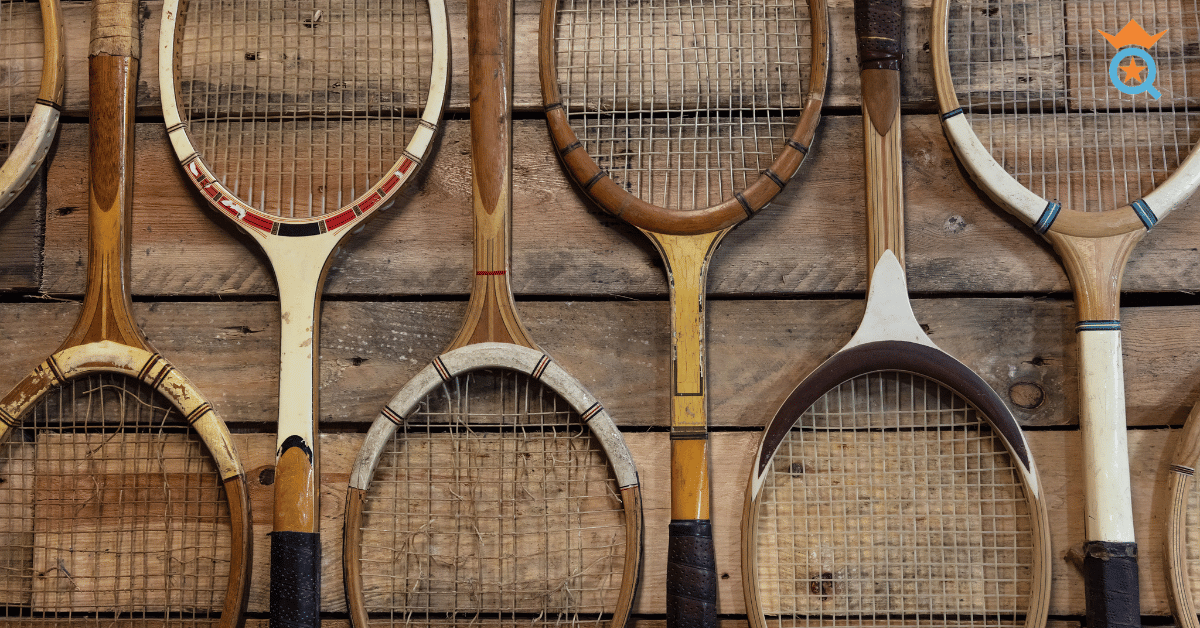
3. Wimbledon’s White-To-Yellow Ball Switch
In 1986, Wimbledon made a groundbreaking change by replacing white and yellow tennis balls. Officials believed that yellow balls would be easier for spectators to follow on TV, enhancing the viewing experience for millions of fans worldwide.
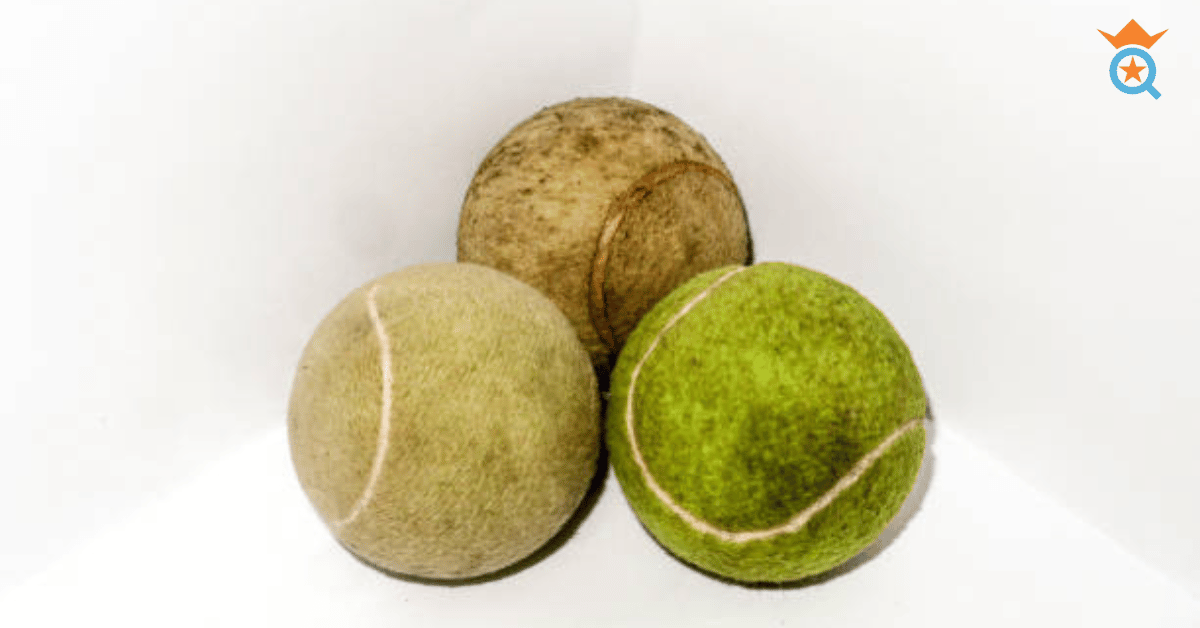
4. Mysterious “Love”
The origin of the term "love" for zero in tennis remains uncertain, but some believe it comes from the French word "l'oeuf," which means egg. This theory suggests that the shape of an egg resembles figure zero, which could explain the unusual term used in the scoring system.
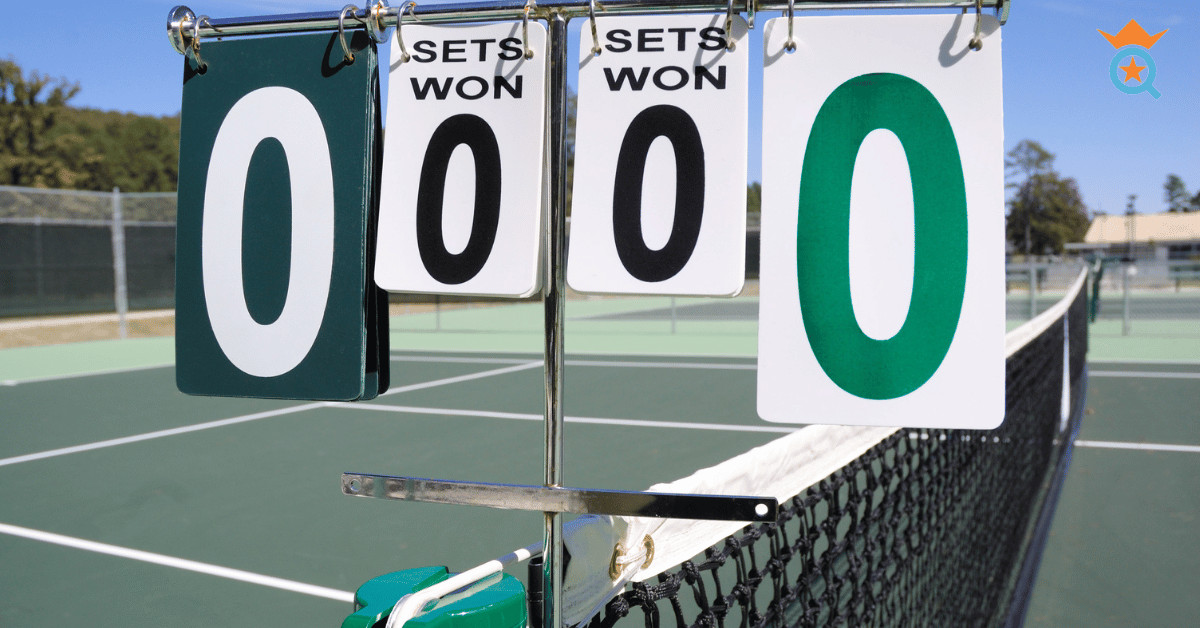
5. Tennis Triathlons
On average, a tennis player covers around 3 miles during a match. Despite the restricted length of a tennis court, this distance is achieved through continuous back-and-forth movements, making tennis a physically demanding and exhilarating sport.
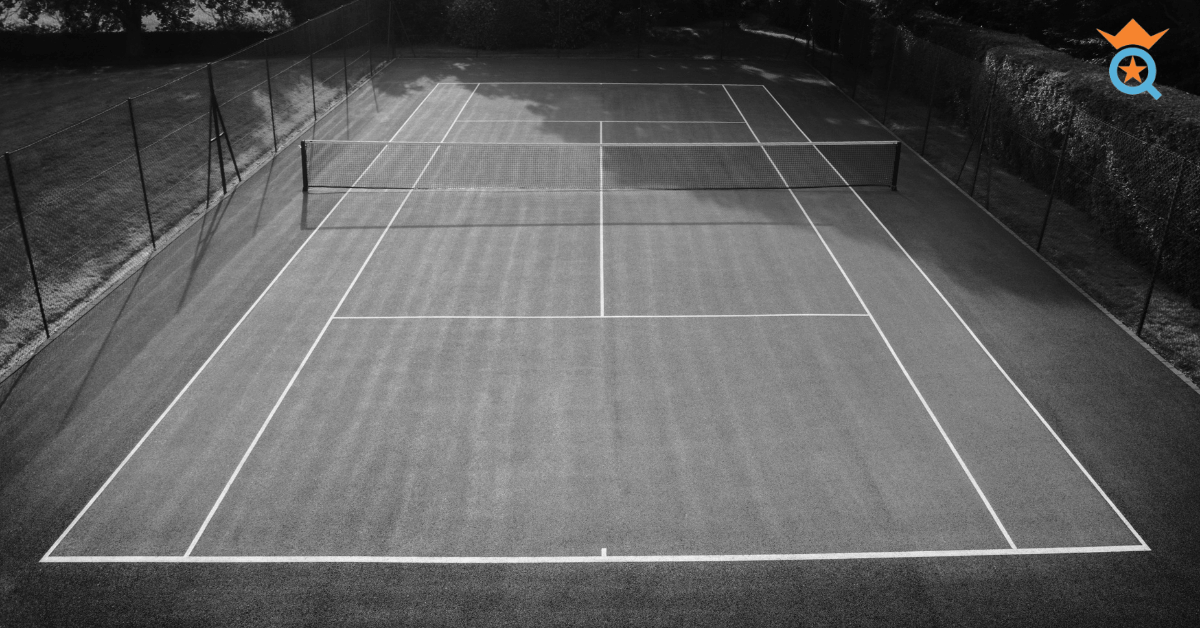
6. Racket vs. Racquet
While both spellings are acceptable, "racket" is more commonly associated with tennis, whereas "racquet" is preferred for squash and racketball. The United States Tennis Association (USTA) consistently uses the spelling "racquet," but most websites will tell you that "racket" is the correct spelling.
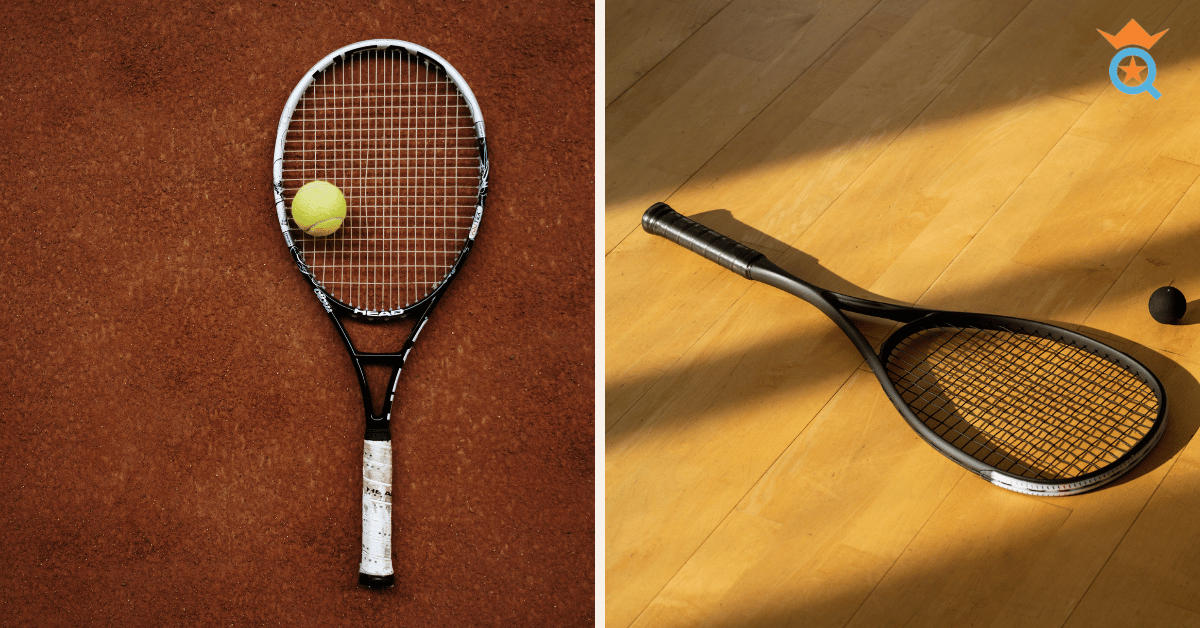
7. Sisterly Success
Venus and Serena Williams made history as the first sisters to win Olympic gold medals in tennis. The powerhouse duo achieved this remarkable feat at the Sydney 2000 Olympics and won two additional gold medals in Beijing 2008 and London 2012.

8. Tennis at the Olympics
Tennis was first introduced to the Olympic Games in 1896 but was removed in 1924 due to disputes between the International Lawn Tennis Federation and the International Olympic Committee. However, the sport was reintroduced in 1988 and has been a popular event ever since.
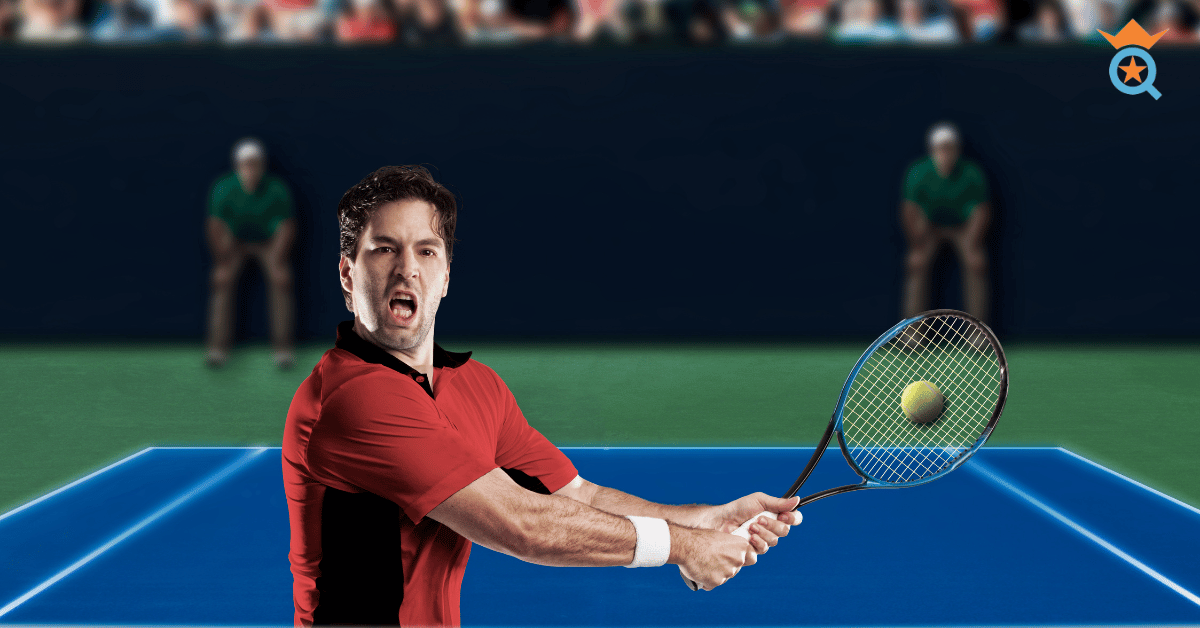
9. Wimbledon’s Prestigious History
Established in 1877, Wimbledon is the world's oldest and most prestigious tennis tournament. It is held annually at the All England Croquet Club and Lawn Tennis Club in London and is known for its iconic grass courts and strict dress code.
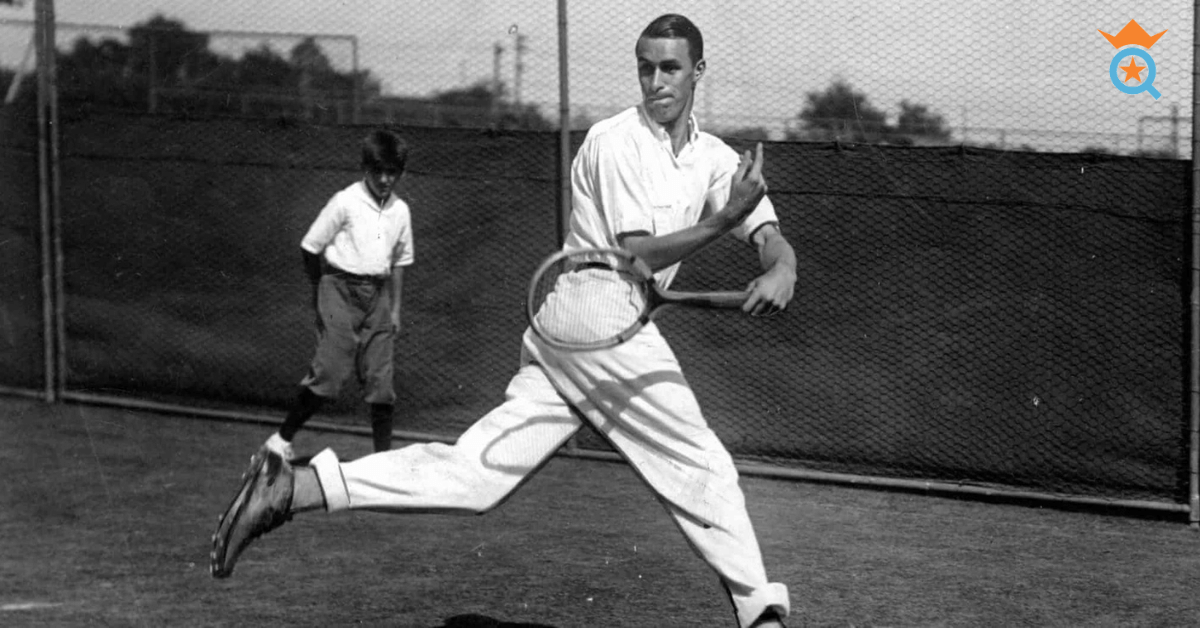
10. Grand Slam Timeline
Following Wimbledon's founding in 1877, the other three Grand Slam tournaments were established—the US Open in 1881, the French Open in 1891, and the Australian Open in 1905. These four significant tournaments represent the pinnacle of tennis achievements.

11. Career Grand Slam Distinctions
Players who win all four major tournaments at any point during their careers achieve a Career Grand Slam. Those who win the four majors consecutively but not in the same year complete a Non-calendar-Year Grand Slam. Winning all four majors in a single year earns a player the prestigious Grand Slam title.
12. Tennis for All
Tennis is an inclusive sport that everyone can enjoy. Wheelchair tennis, for example, has been a part of the Paralympic Games since 1992, showcasing the determination and skill of these incredible athletes.

13. Tiebreaker Invention
James Van Alen, a former tennis player, and promoter revolutionized the sport by introducing the tiebreaker system in 1965. This innovative approach was designed to decide closely contested sets and prevent excessively long matches. The tiebreaker added excitement to the game, as it enabled a more efficient way to determine the winner in a high-stakes scenario. Since its introduction, the tiebreaker has become an essential part of tennis, with different variations used in various tournaments to keep both players and spectators engaged.
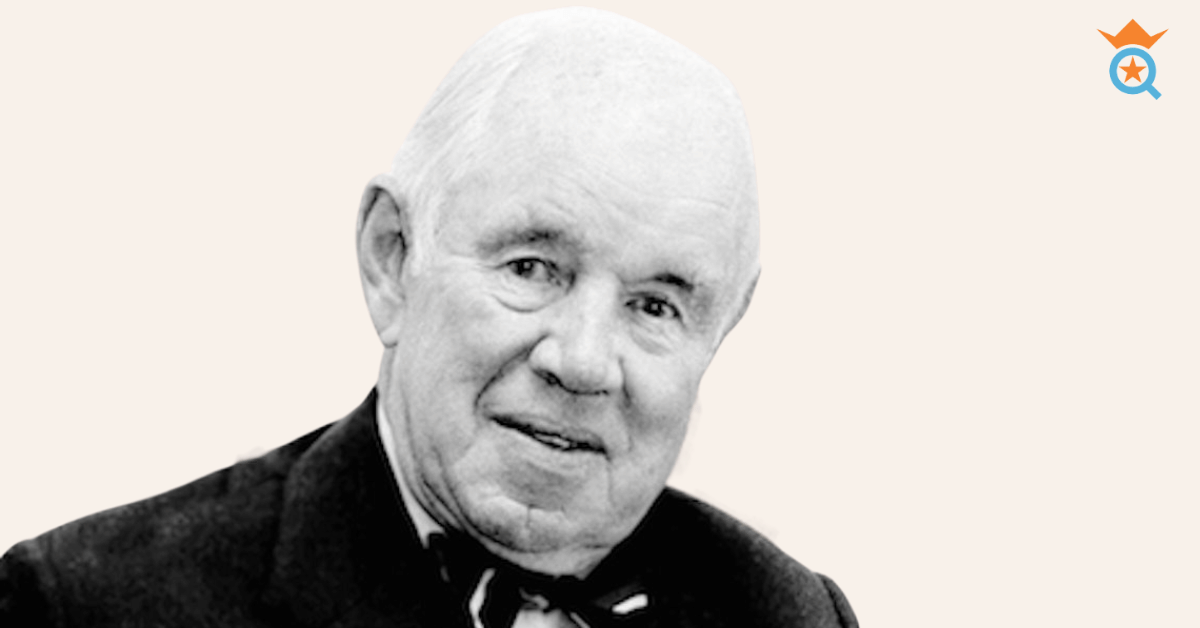
14. Types of Tiebreakers
Van Alen introduced two types of tiebreakers: the "sudden-death tiebreaker," which ended after a maximum of 9 points, and the "lingering death" tiebreak, which involved 12 points. Today's standard tiebreak requires a player to win by a margin of at least two points, with a minimum of 7 points scored.
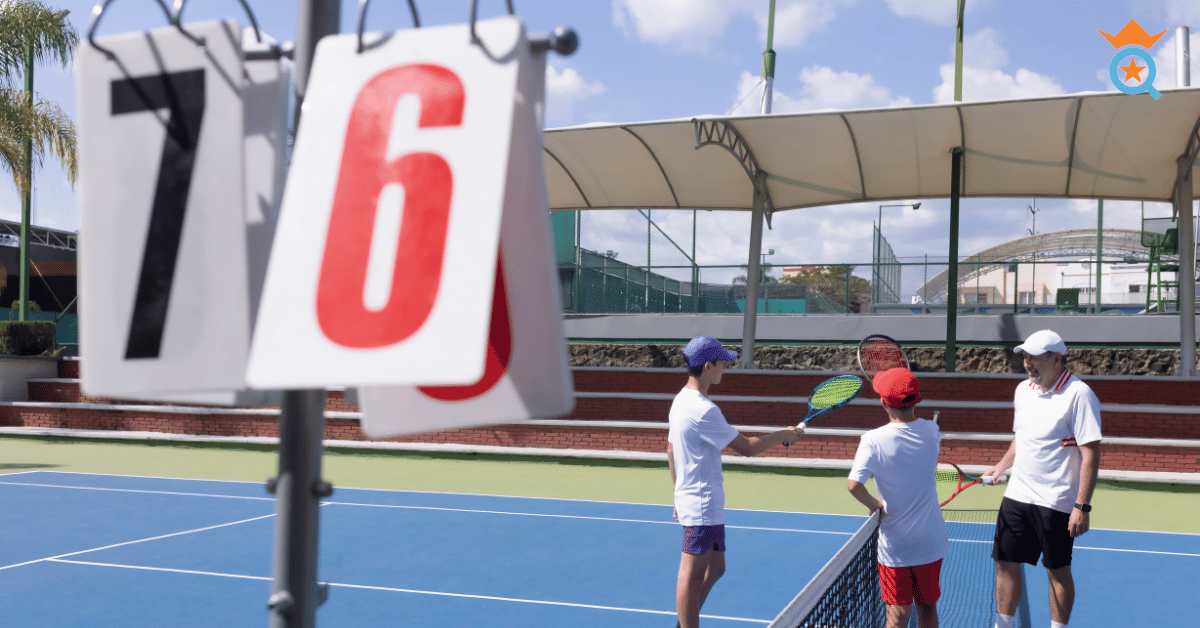
15. Davis Cup Adoption
The Davis Cup, an annual men's national team competition, first adopted the tiebreaker in all sets except the final stage in 1989. In 2016, the rules were amended to include tiebreakers for all five sets.

16. Wimbledon's Tiebreak History
Wimbledon introduced the tiebreak in 1971, providing a more streamlined and exciting way to resolve close matches in this prestigious tournament.
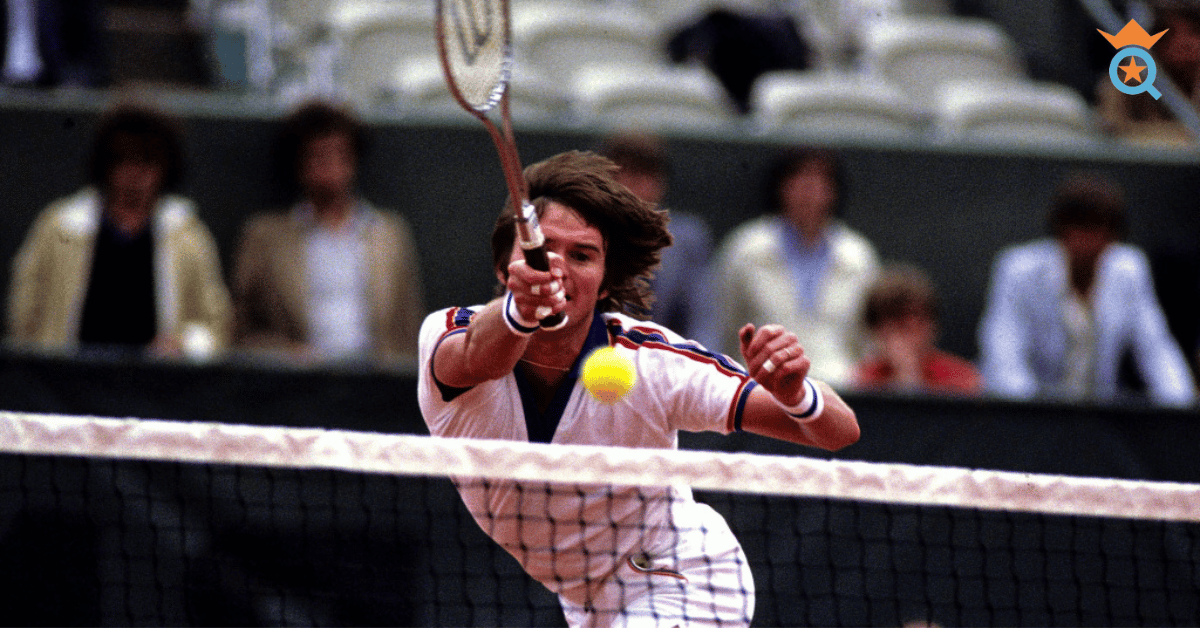
17. French Open Uniqueness
The French Open is the only major tournament that doesn't use a tiebreak in the final set for singles matches. This rule can lead to the epic marathon's last sets that test the endurance and determination of the players.

18. Don Budge's Achievement
Don Budge is the only male tennis player to have won six consecutive Grand Slam singles titles, from Wimbledon in 1937 to the US Open in 1938. His impressive winning streak showcases his incredible skill and dominance during that period.
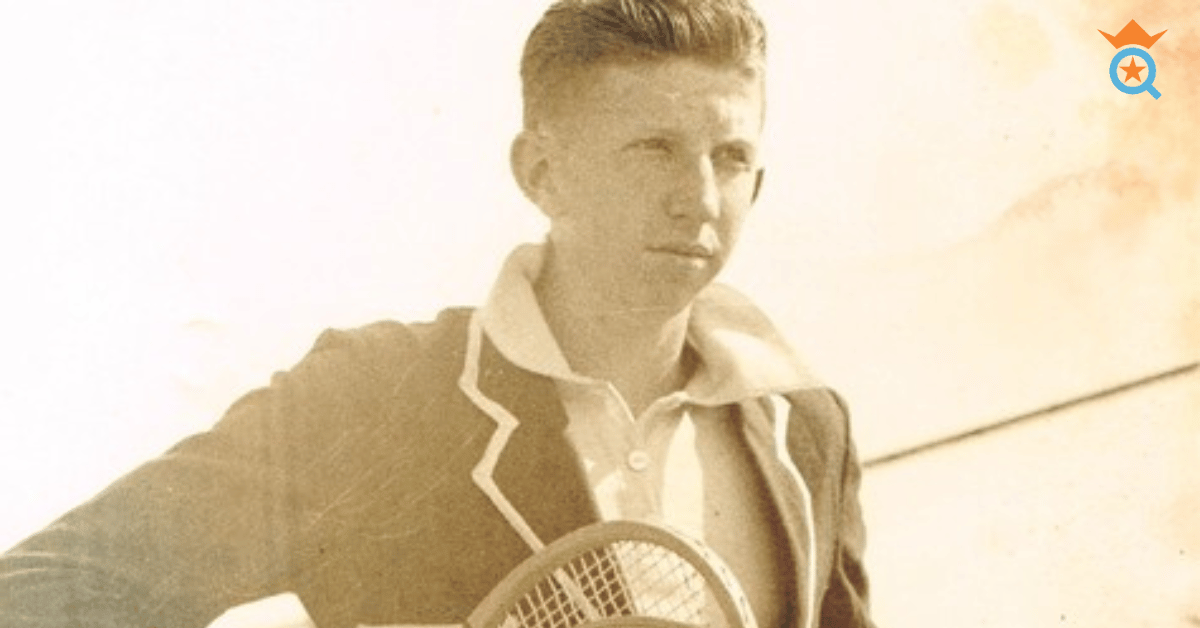
19. Quick Serves
Australian Sam Groth holds the record for the fastest serves in men's tennis, clocking in at a jaw-dropping 263.44 km/h. In women's tennis, Germany's Sabine Lisicki holds the record with a serve of 210 km/h.

20. Equal Prize Money
Wimbledon introduced equal prize money for men and women in 2007, promoting gender equality in the sport. The tournament first began offering prize money in 1968.

21. The term "Love" Revisited
Although the term "love" in tennis is often attributed to the French word for "egg," l'oeuf, due to the resemblance of a zero on a scoreboard to an egg, this claim has not been definitively proven.
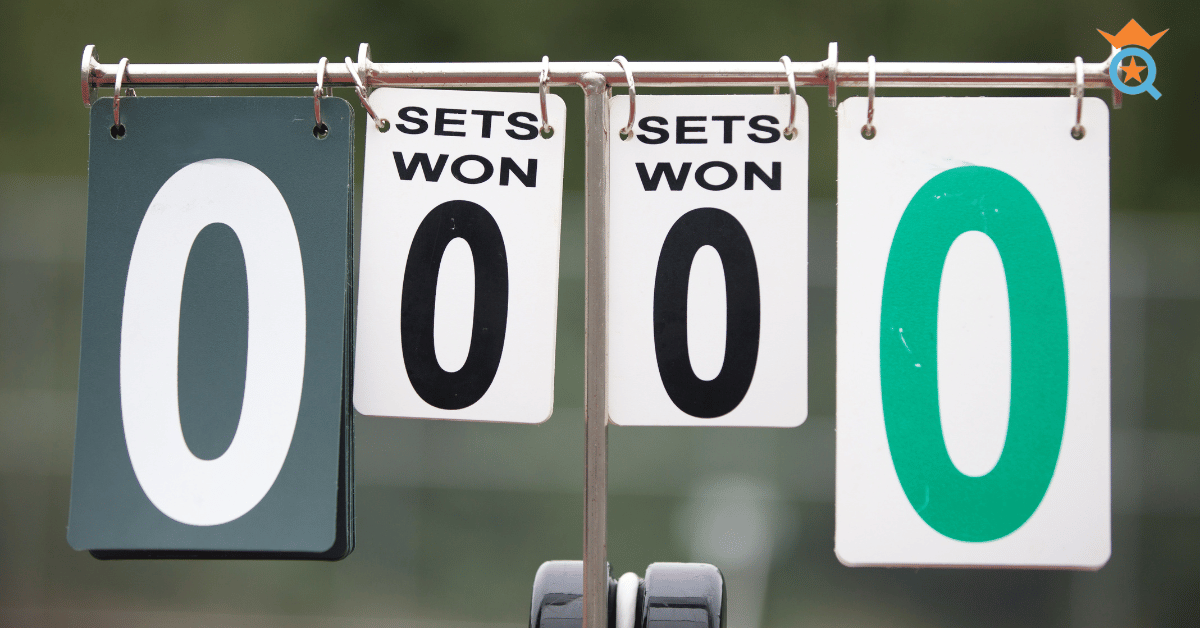
22. Ball Contact Rule
If a tennis ball makes contact with a player's body or any part of their clothing before landing, their opponent wins the point, regardless of whether the ball would have gone out.

23. Arthur Ashe's Inspiring Quote
Arthur Ashe, the first African American to win the US Open, left a lasting impact on tennis and inspired many with his words, "Start where you are. Use what you have. Do what you can."
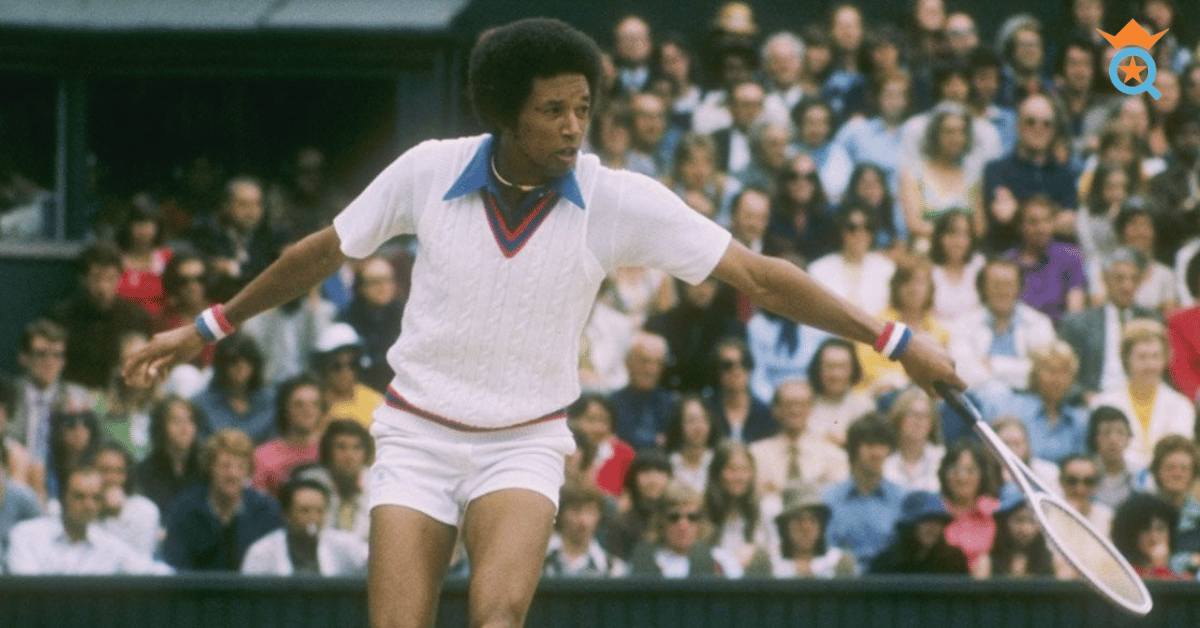
24. Ball Boys and Girls at Wimbledon
The average age of ball boys and girls at Wimbledon is 15. Each year, 250 young people are carefully selected to serve at the prestigious tournament, working tirelessly to keep the matches running smoothly.
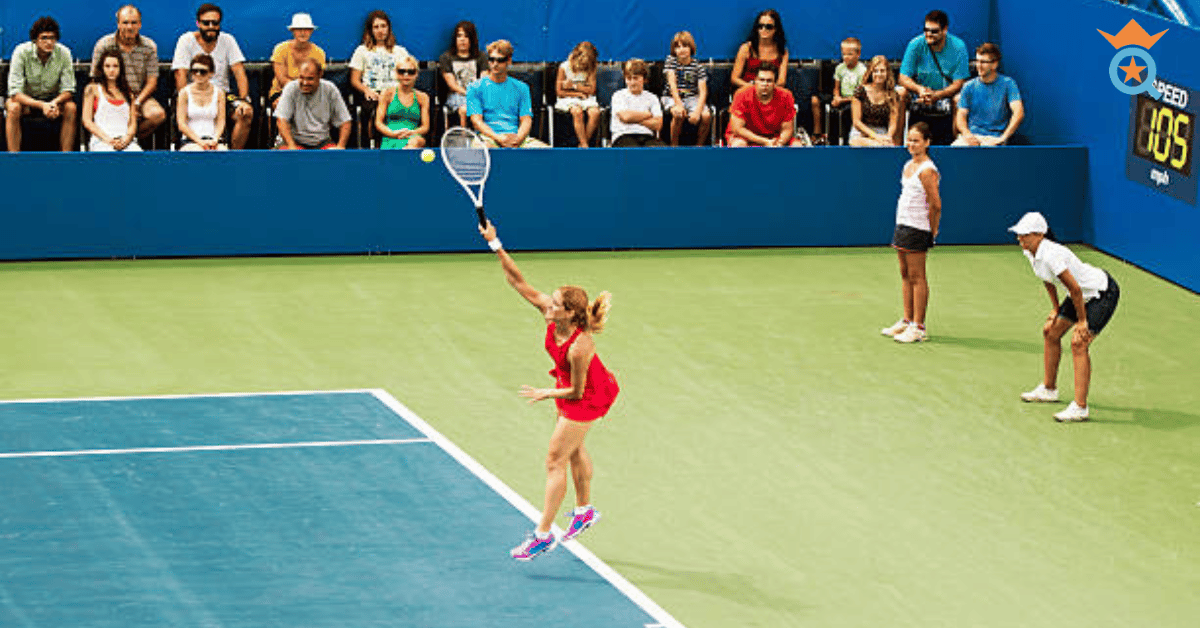
25. Rufus the Hawk
A Harris Hawk stationed at Wimbledon, Rufus plays a crucial role in keeping the skies clear of pigeons, ensuring a disruption-free tournament. Interestingly, Rufus has more than 10,000 followers on Twitter, making him a bit of a celebrity.
26. Tennis Elbow Awareness
Tennis elbow is a common injury that affects the tendons connecting the forearm muscles to the elbow, often caused by repetitive motions like swinging a tennis racket. Proper technique and conditioning can help prevent this painful condition.

27. Table Tennis Origins
Table tennis is similar to lawn tennis but is played on a smaller indoor table with smaller rackets and a lightweight ball. Table tennis began in England in the late 19th century as a recreational activity, played using makeshift equipment such as books as nets and champagne cork as balls. Today, it is a popular sport played worldwide by millions of enthusiasts.
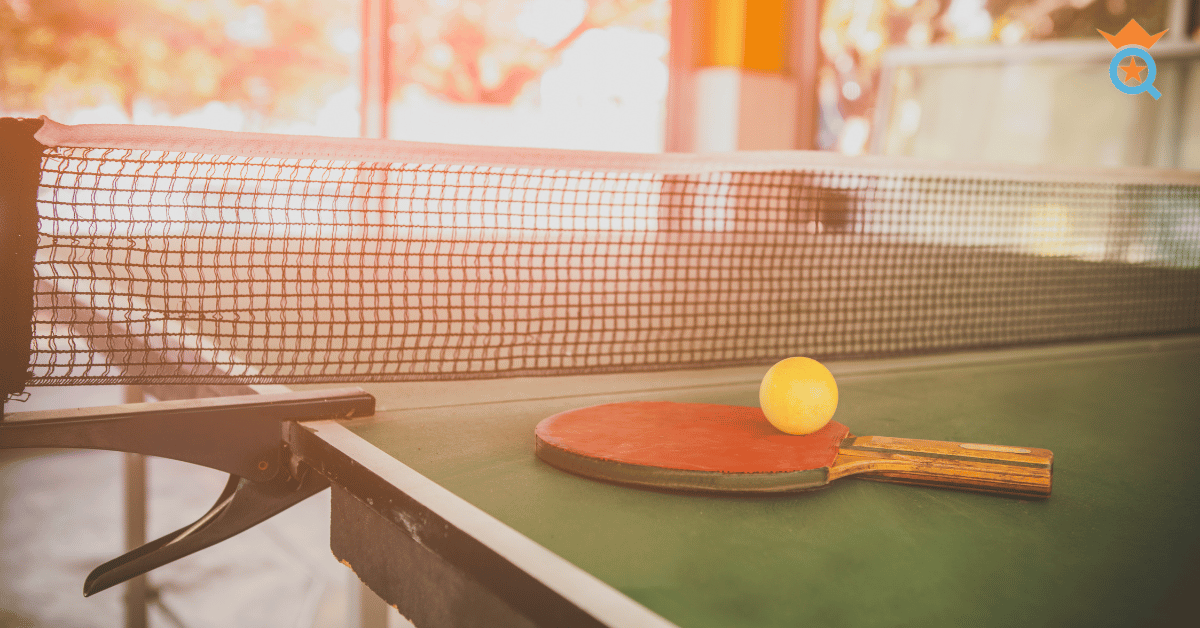
28. Tennis Court Oath Significance
The Tennis Court Oath was a pivotal event in the French Revolution. On June 20, 1789, members of the National Assembly, frustrated by King Louis XVI's refusal to grant them power, met in a nearby tennis court and pledged to disband when they had created a new constitution. While not directly related to the sport, this historical event occurred on a tennis court and is an intriguing connection to the game.
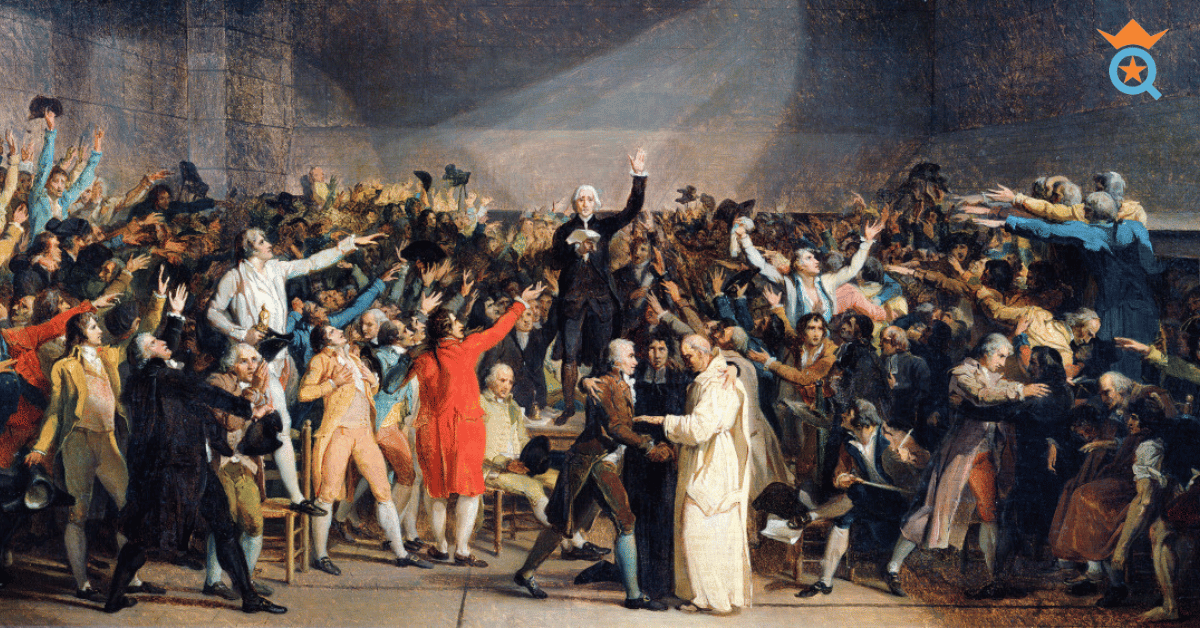
29. Cool Court Locations
Some of the unique tennis courts in the world include the Burj Al Arab Hotel's helipad court in Dubai, which is situated 210 meters above the ground, and the remote court on the cliffs of the luxurious Amanzoe Resort in Greece, which offers stunning views of the Aegean Sea. These extraordinary locations add an extra element of excitement and wonder to the sport.

30. Record Holders
Roger Federer leads the men's game with 20 Grand Slam singles titles, while Margaret Court tops the women's list with 24 singles majors. Rafael Nadal, with 19 Grand Slam singles titles, ranks second in the men's list for most singles Grand Slam titles.
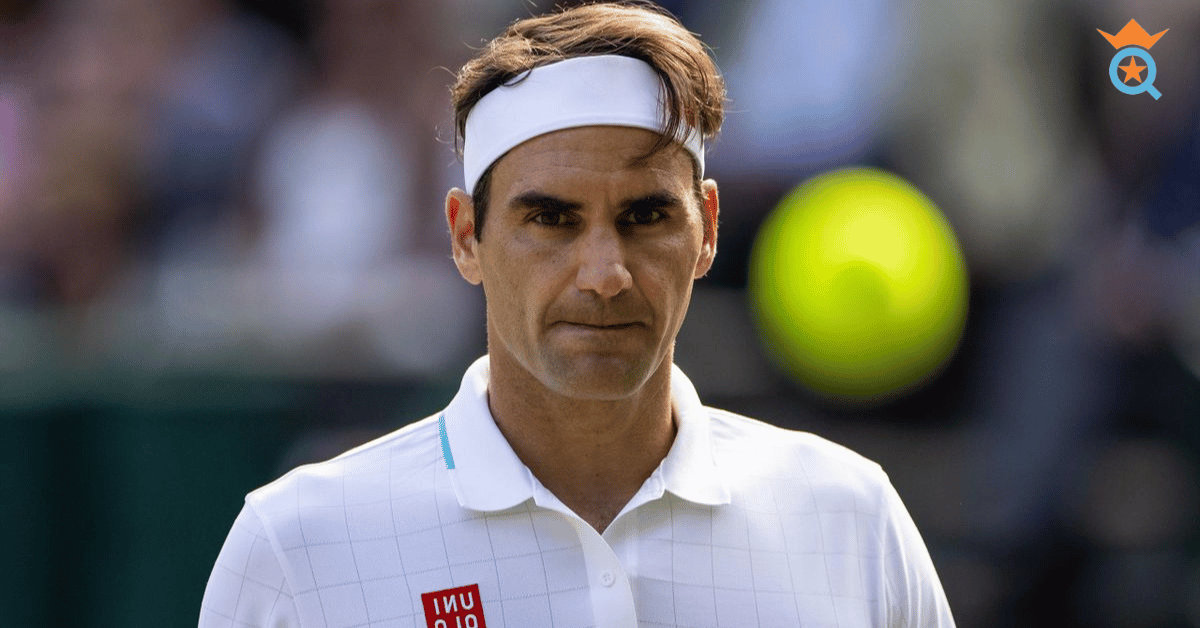
Tennis is a fascinating sport with a rich history and countless intriguing aspects. As we've explored these 30 fun facts, we've uncovered the origins of the game, its evolution, and some of the most remarkable achievements of its players.
So, the next time you step onto the court or watch a thrilling match, remember these tantalizing tidbits and share your newfound knowledge with fellow tennis enthusiasts.
After all, the beauty of tennis lies not only in the exhilarating gameplay but also in the stories and history that make it truly unforgettable.








